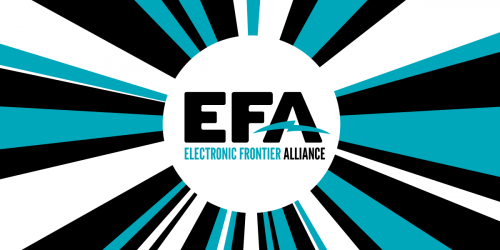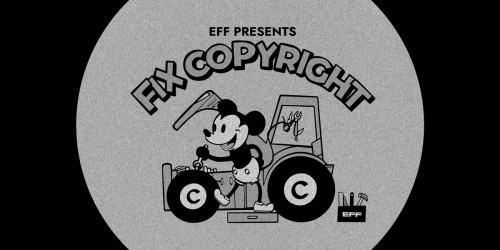In a big win for free speech, the California Court of Appeal has rejected Olivia de Havilland’s right of publicity and false light claims against FX. The court’s ruling [PDF] explains that the First Amendment protects creative works about celebrities whether the work in question is fact, fiction, or a combination of both. While Hollywood will breathe a sigh of relief, the ruling should also protect other speech by ensuring that right of publicity claims are subject to meaningful First Amendment limits.
This case began when Olivia de Havilland sued FX for her portrayal in the TV miniseries “Feud,” alleging a violation of both her right of publicity and the tort of false light. FX filed an anti-SLAPP motion seeking to have the case thrown out and argued that its show was protected by the First Amendment. The Superior Court denied [PDF] the anti-SLAPP motion, ruling that de Havilland had a viable right of publicity claim because FX intended to portray her realistically. At the same time, the court found that that some aspects of the portrayal could support a false light claim. If the lower court’s interpretation of the law were correct, it would threaten a huge range of expression about real people, ranging from dramas, to documentaries, to fan websites.
EFF, together with the Wikimedia Foundation and the Organization for Transformative Works, filed an amicus brief [PDF] in support of FX’s appeal. Our brief focused on California’s “transformative use” test for whether a right of publicity claim is barred by the First Amendment. This test, from a California Supreme Court case called Comedy III Productions v. Gary Saderup, looks to whether the work somehow “transforms” the celebrity’s likeness. We explained that the First Amendment does not allow this test to be applied in a way that punishes realistic speech.
The Court of Appeal agreed:
The [superior] court concluded that, because Feud tried to portray de Havilland as realistically as possible, the program was not "transformative" … and therefore not entitled to First Amendment protection. As appellants and numerous amici point out, this reasoning would render actionable all books, films, plays, and television programs that accurately portray real people. Indeed, the more realistic the portrayal, the more actionable the expressive work would be. The First Amendment does not permit this result.
Our amicus brief also explained that de Havilland could not rely on purported industry practices to undermine the First Amendment. De Havilland submitted statements from movie industry experts who said it was “standard practice,” or even mandatory, to ask permission before portraying a famous person in a historical film. We explained that, even assuming this evidence was accurate, it could not be allowed to trump free expression. Adopting de Havilland’s argument would allow Hollywood’s clearance culture and risk aversion to become law.
The Court of Appeal got this issue exactly right:
Producers of films and television programs may enter into agreements with individuals portrayed in those works for a variety of reasons, including access to the person's recollections or "story" the producers would not otherwise have, or a desire to avoid litigation for a reasonable fee. But the First Amendment simply does not require such acquisition agreements.
The Court of Appeal also rejected de Havilland’s false light claim. Because de Havilland is a public figure, the First Amendment requires that she establish actual malice. The court explained that "a fictitious work about a real person cannot mean the author, by virtue of writing fiction, has acted with actual malice." In this case, De Havilland could not meet the actual malice standard based on some quibbles with her portrayal. Indeed, the court notes that Catherine Zeta-Jones’s portrayal of de Havilland is perhaps the most sympathetic character in the series.
While today’s ruling is a win for free expression, we continue to have serious concerns about the right of publicity and transformative use test. In practice, the test is often applied so that favored media (like movies and TV) are protected while disfavored media (like comics and computer games) are not. While the Court of Appeal noted the criticism of the transformative use test, it is bound by the Comedy III ruling and had to apply its standard. If the case goes higher, we hope that the Supreme Court of California (or the U.S. Supreme Court) revisits this bad test so that realistic expression is not threatened by the right of publicity.












